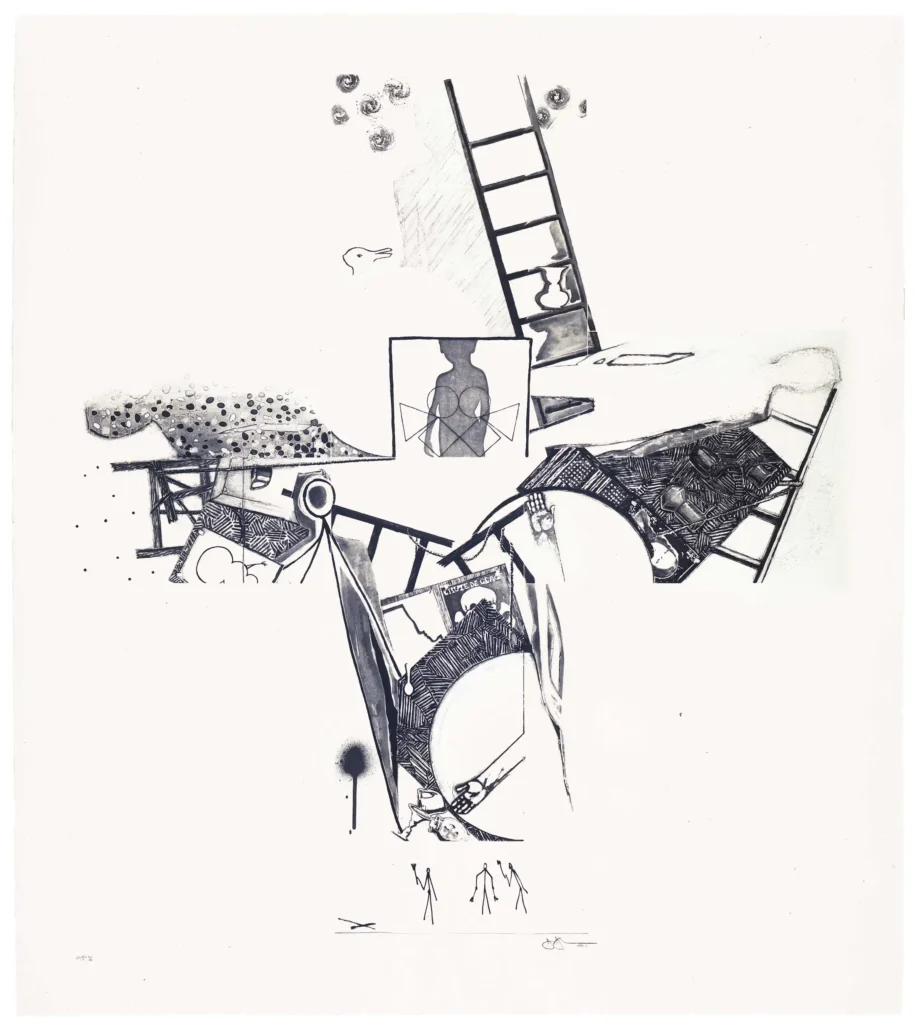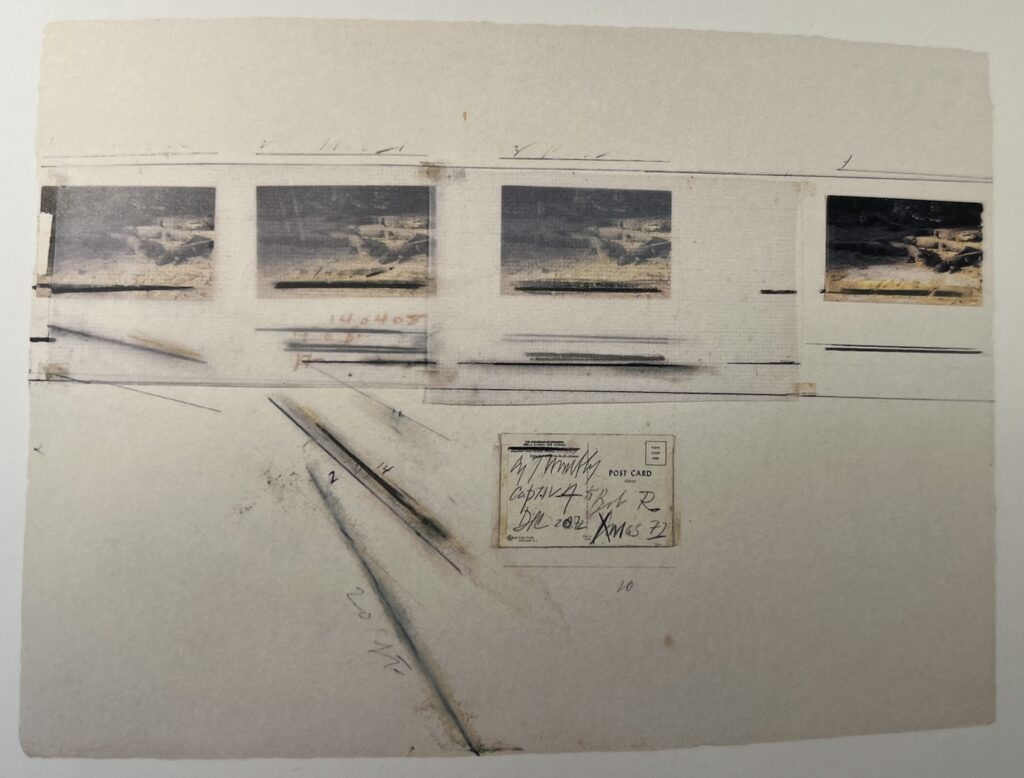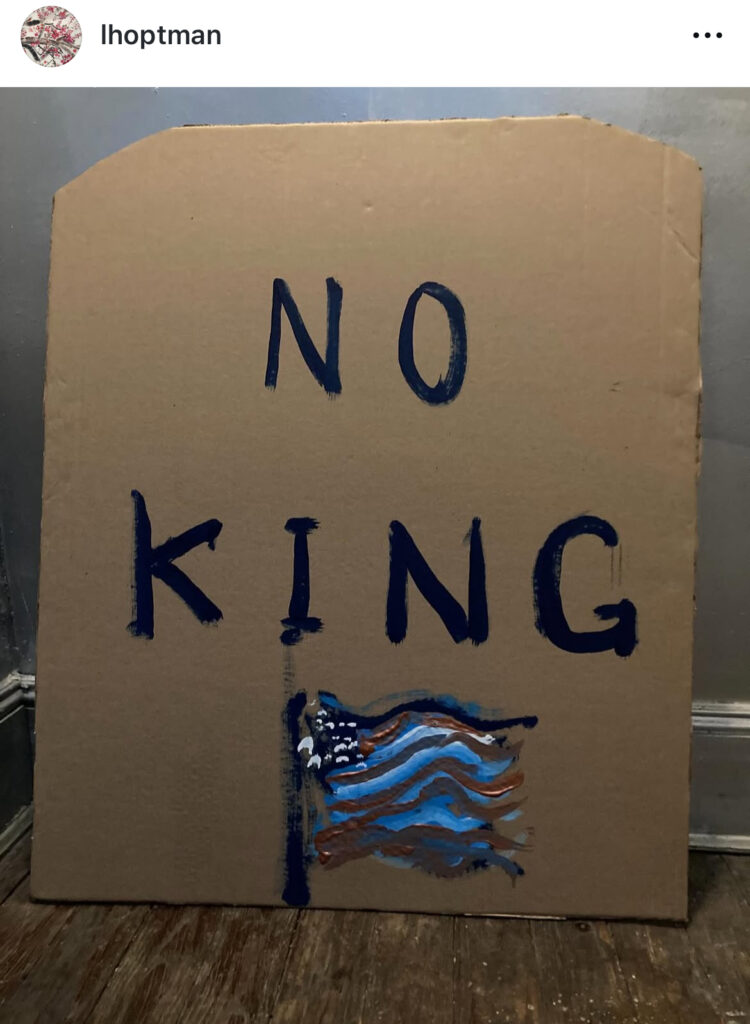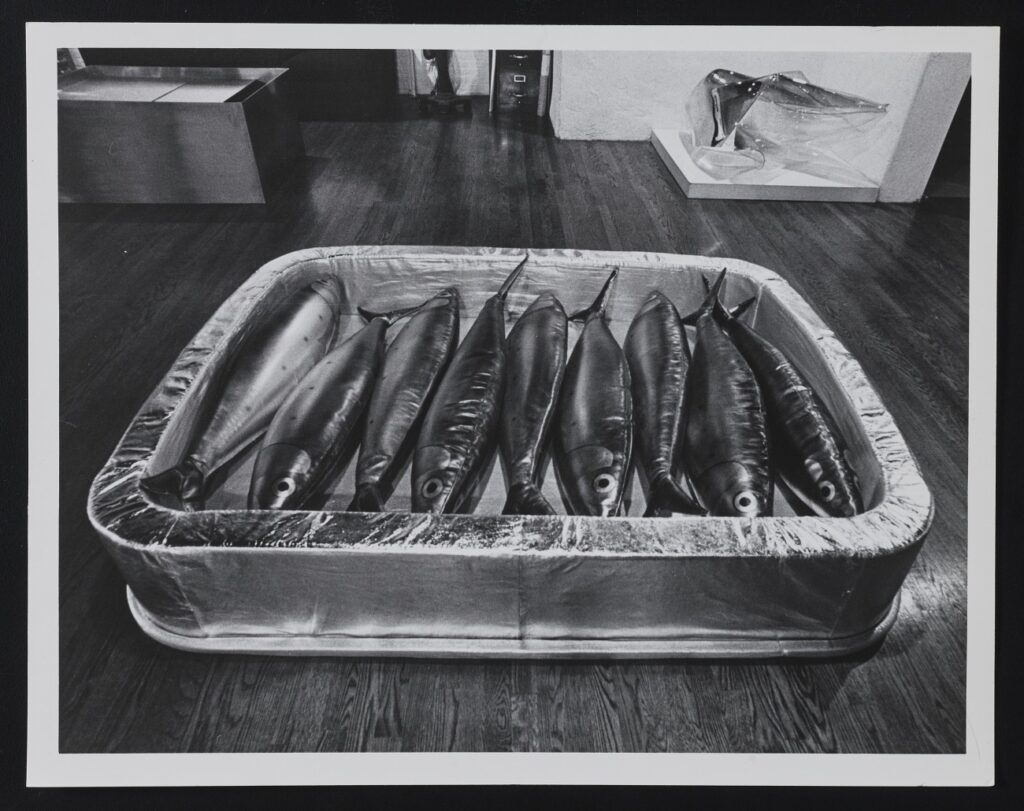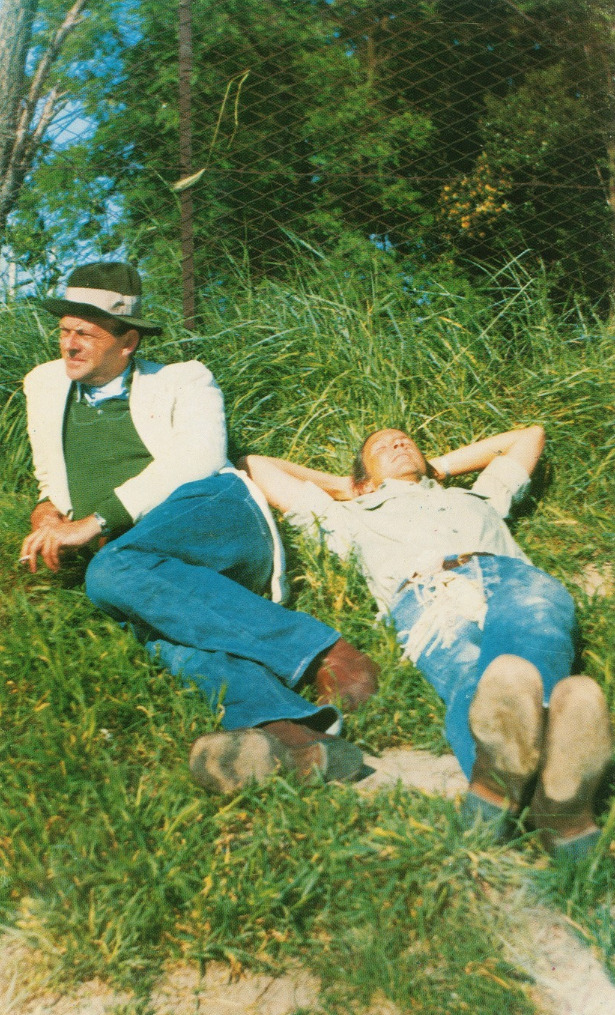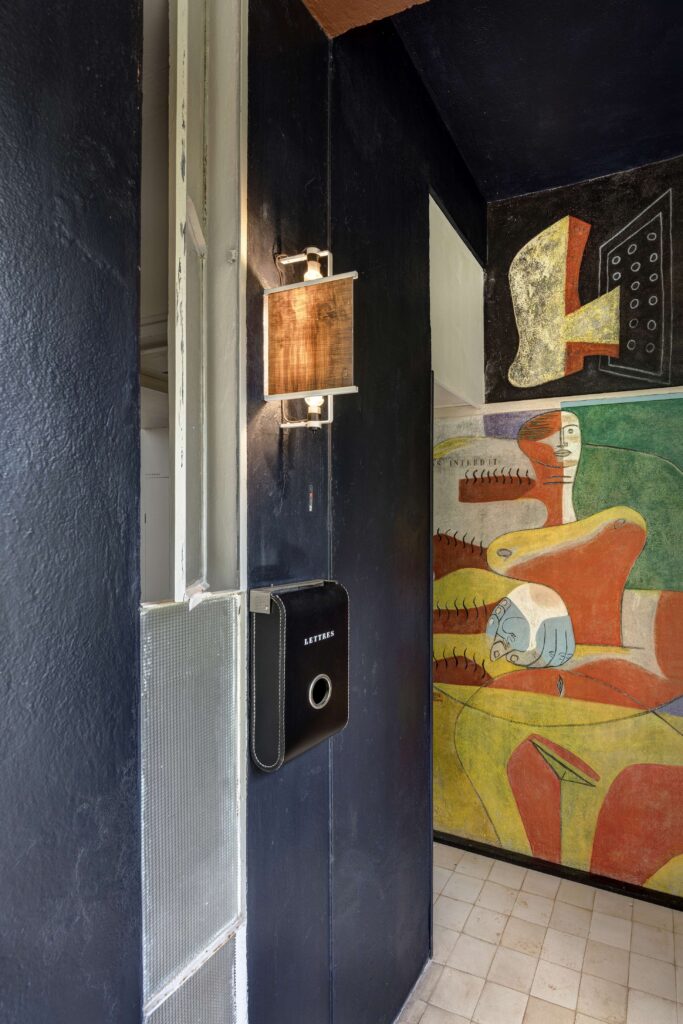
I don’t know how I can be thirty years and a week into a fairly fervent admiration of Eileen Gray and only be finding out now that her original mailbox at E-1027 was made out of an Hermès saddle bag. And that in 2018 Hermès made a replacement, which I must have walked past multiple times, without knowing—was it actually even there? Yes, there it is in Iwan Baan’s photo.

And there it is in Manuel Bougot’s photograph of the entrance of E-1027, a print of which he donated to the 2019 Artcurial auction to benefit the Association Cap Moderne, which led the restoration of E-1027. The auction that included an overnight stay for two in the E-1027 guest room, but who cares? Because the Hermès “boîte aux lettres unique“ was not, in fact unique; it was “Faite main et sur mesure par la Sellerie Hermès en deux exemplaires en 2018, une pour la Villa E1027, une pour vous.”
Pour moi? Mais, non! Because I did not know. Also I did not bid €11,000 for it.

But now I have une question. Because the English auction listing said this is “replicating precisely the one made by Eileen Gray from a Hermès saddle-bag in 1929 for E1027,” while the French text says it was made from “à partir d’une selle Hermès,” which, I understand selle to be a saddle. So far I can find no info about the original mailbox at all, much less what Hermès product Gray might have chopped up to make it.
The c. 1929 photo of the boîte published in Jean Badovici’s own architecture magazine does indeed look just like the Hermès replica. According to Peter Adam, Gray put the hole in the box and a mirror in the window so you could check the mail from bed. But my limited mind cannot conceive how it is reworked from a bag, and not just made to Gray’s design from saddle leather. Does the original still exist to have been replicated? Are there some archives that need diving into to solve this mystery? Because now that I know it existed, I can’t figure out why, at this point, it’s not a mailbox, a bag, or both..

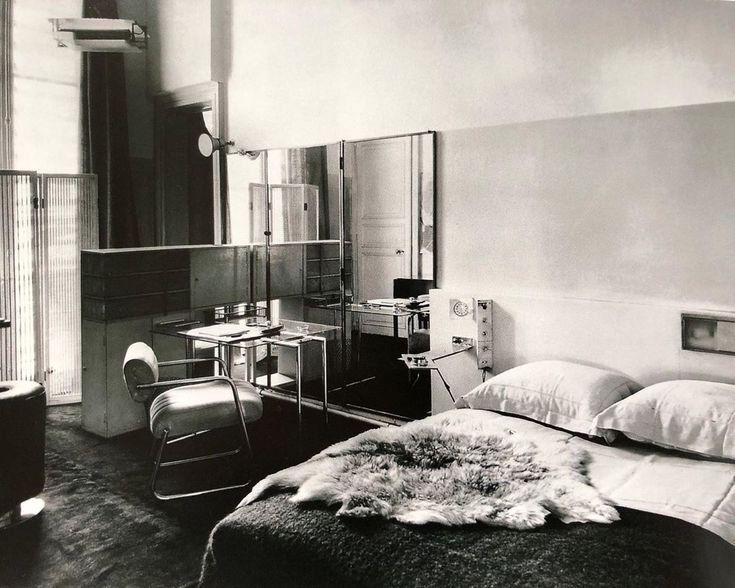
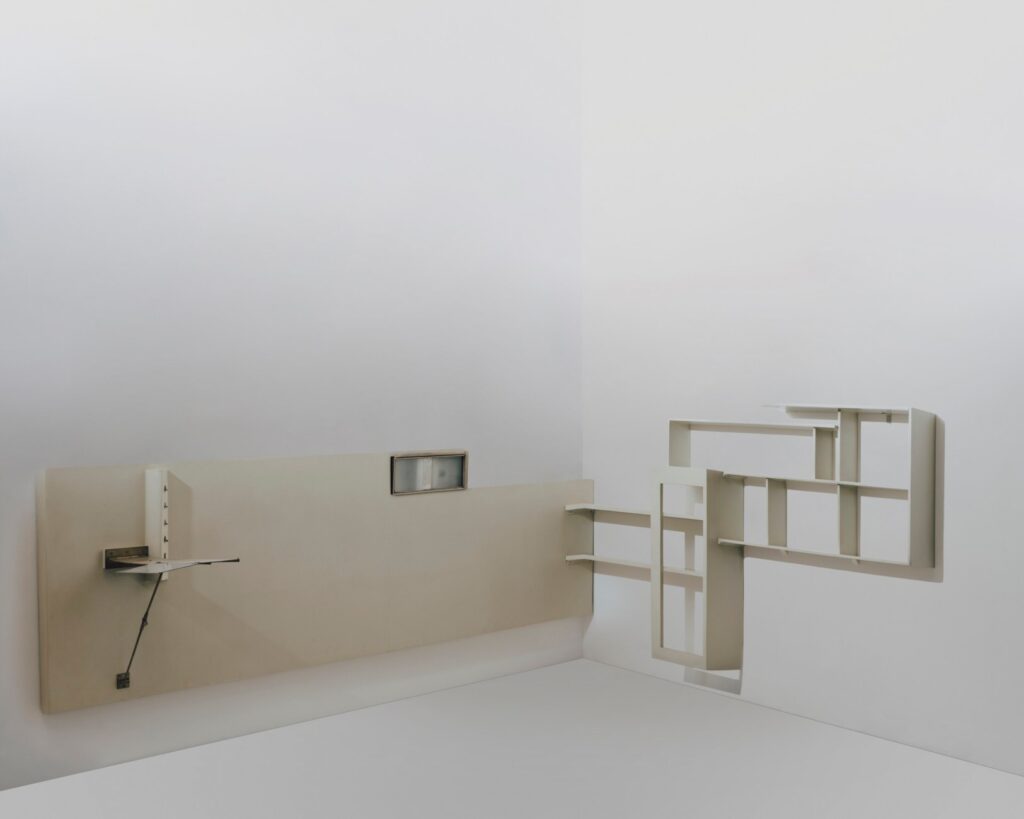
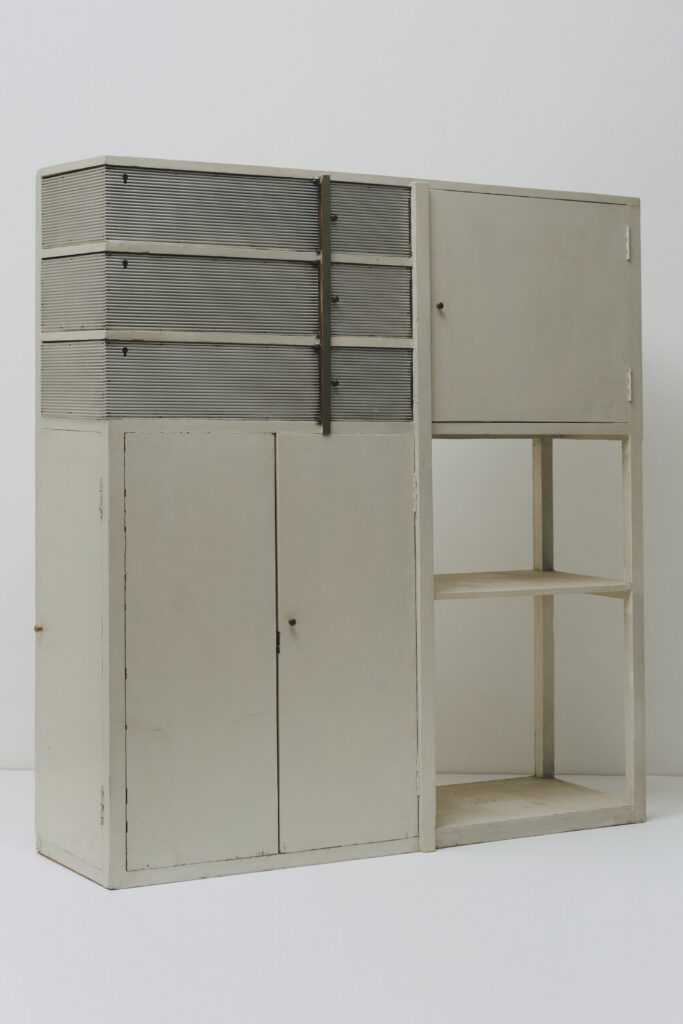

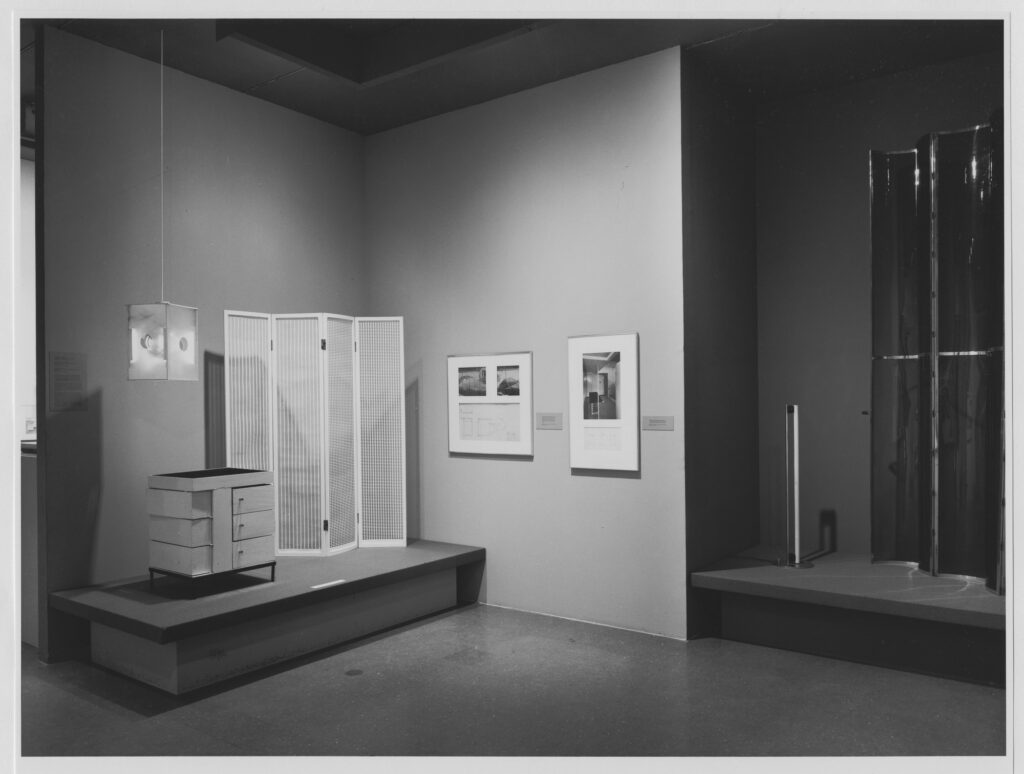

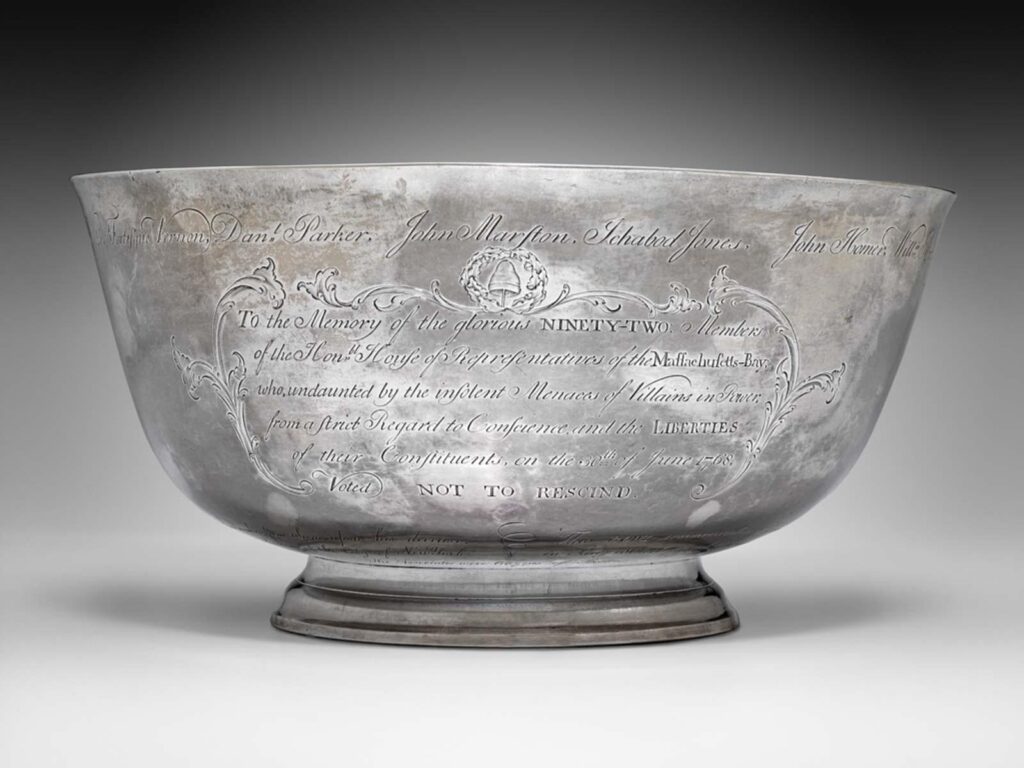

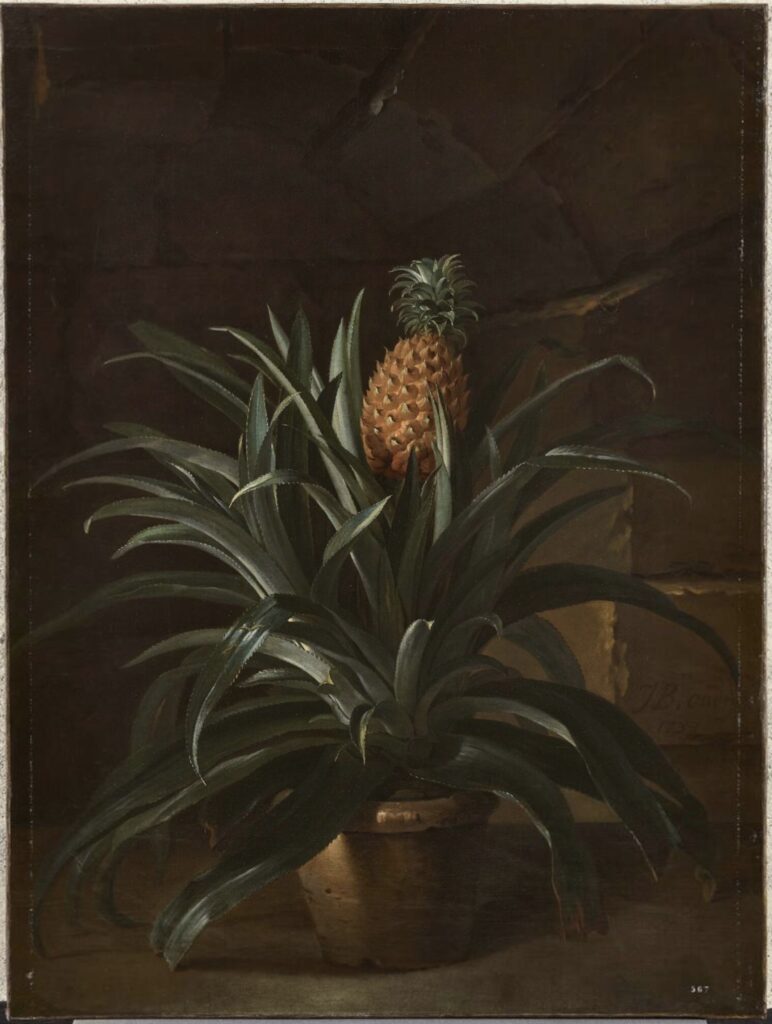
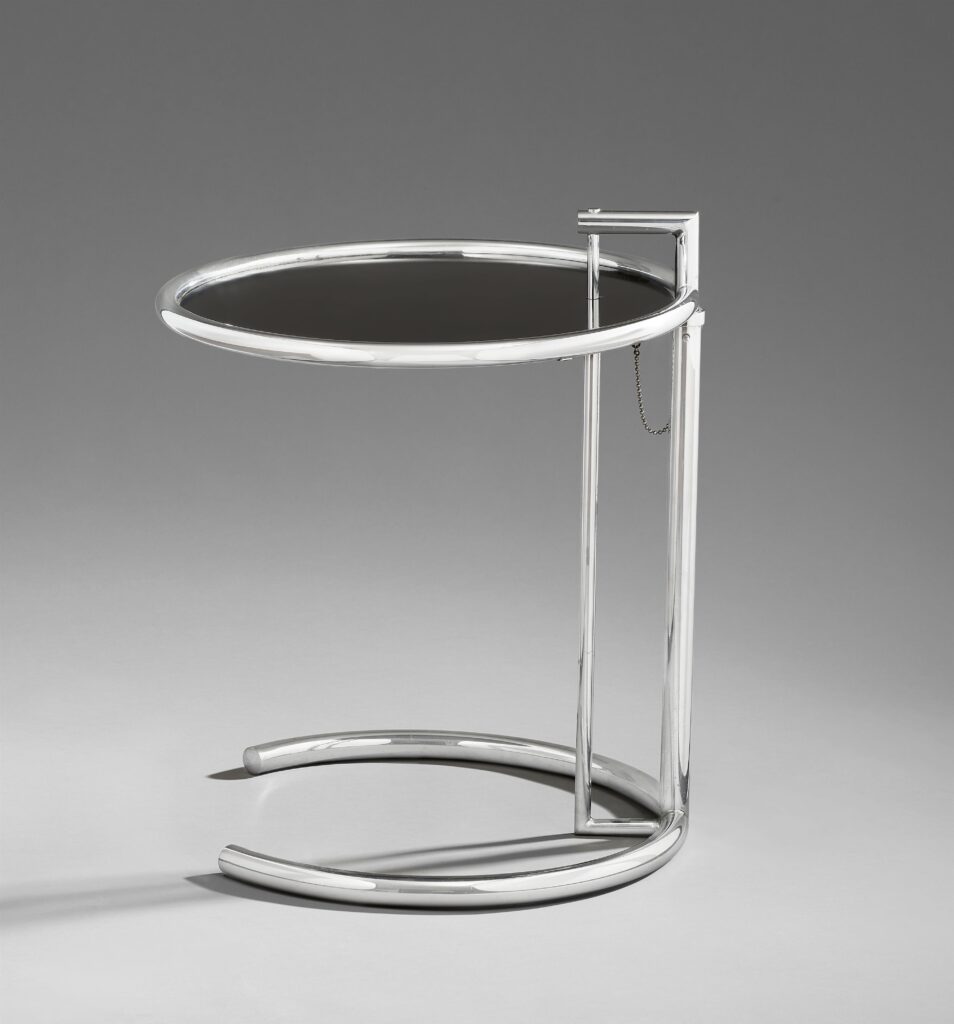
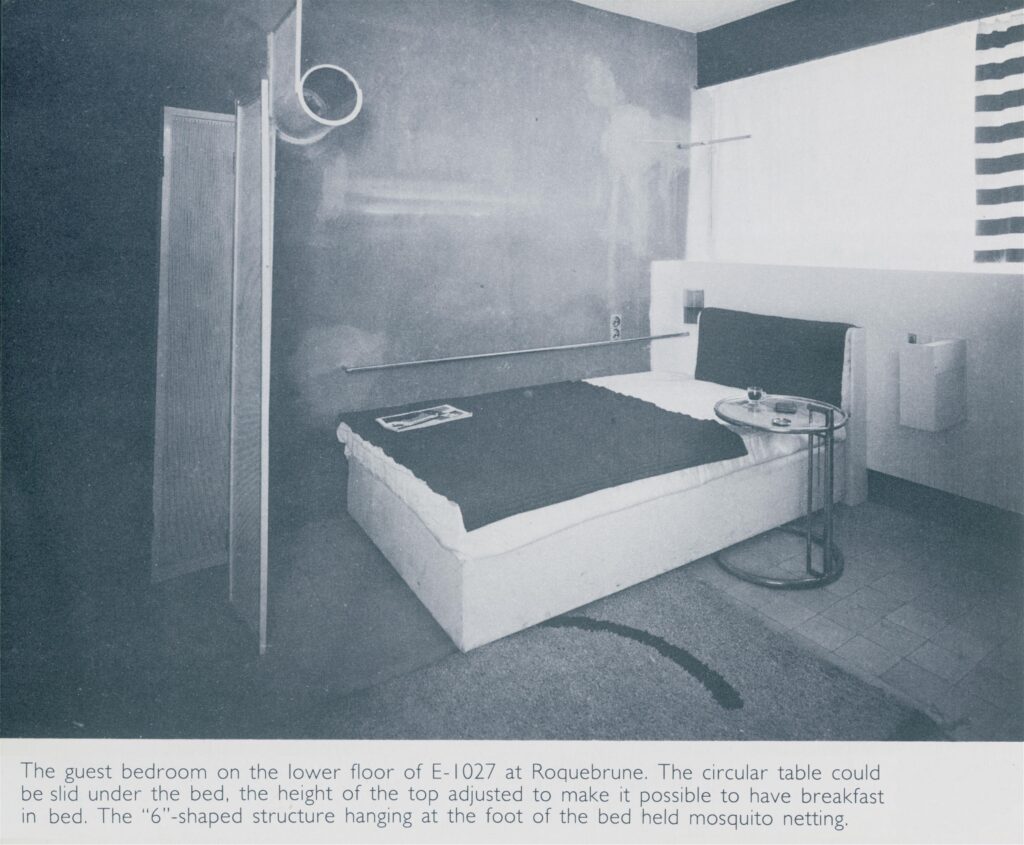
![this altered version of Caravaggio's Deposition from the Vatican Museums in Roma is a cascade of mourning figures holding or looming over the dead but still absolutely caked up body of Our Lord, with an outsized clipped version of Richard Prince's under-oath face roughly pasted onto the main figure in the center, the one who is holding Jesus, but, importantly, also looking straight at the viewer. Obviously, since this is a picture about Prince's deposition in a lawsuit, the so-called correct thing would be to paste his face on Jesus's, and in less apocalyptic times, I might have, but [looks at the world] I'm not taking that chance rn](https://greg.org/wp-content/uploads/2025/04/richard-prince-deposition-roma1-689x1024.jpeg)

